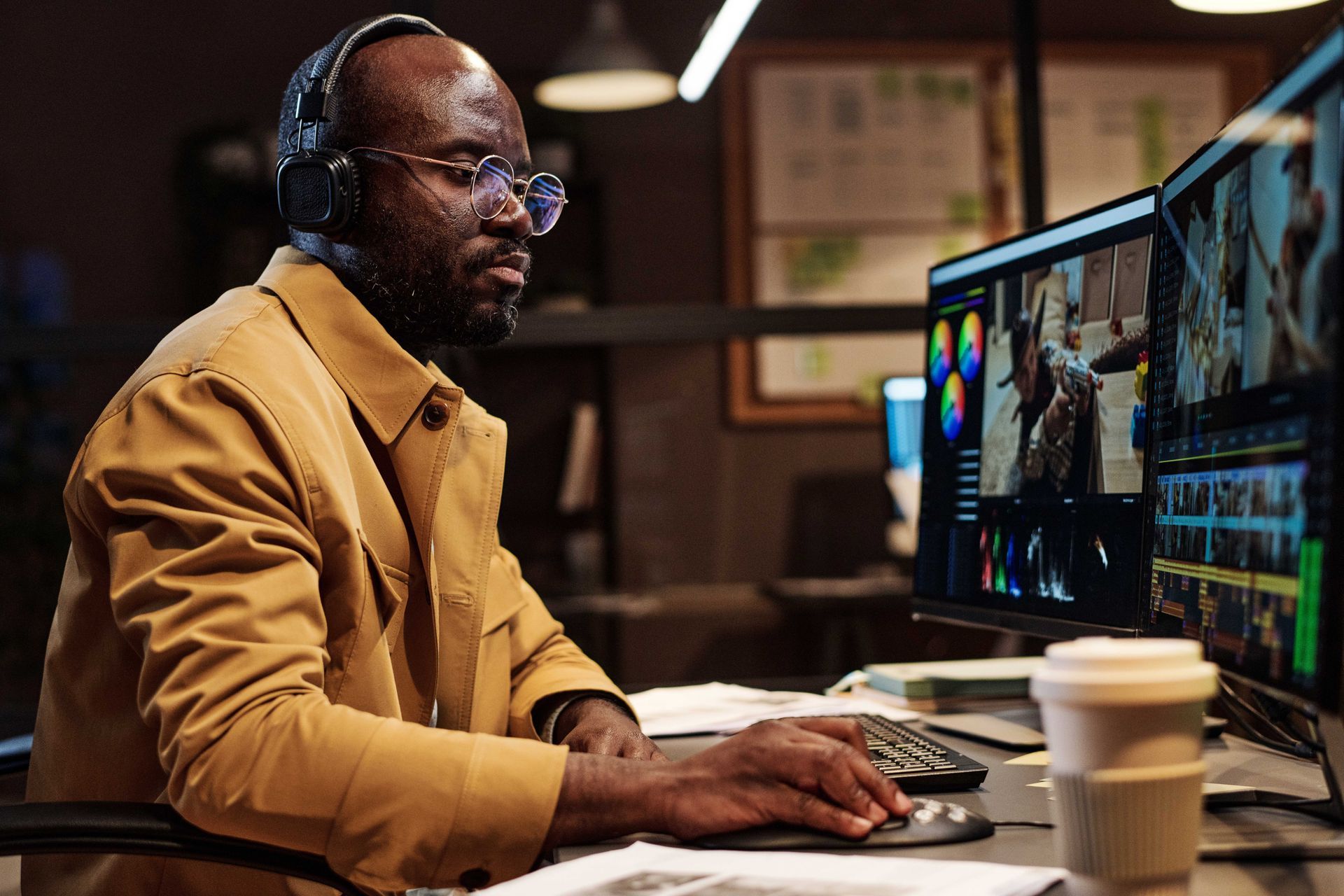The Challenges Freelance Videographers Face with Clients
Freelancing as a videographer can be an exciting and rewarding career, allowing for creative freedom and diverse projects. However, working with clients comes with its own set of challenges. Whether it’s managing expectations, negotiating fair compensation, or dealing with last-minute changes, freelance videographers often find themselves navigating tricky situations. Here are some of the most common challenges they face and how to handle them.

1. Unrealistic Expectations
Many clients have grand ideas for their videos but may not fully grasp what is achievable within their budget and timeframe. They might expect Hollywood-level production on a shoestring budget or assume that a one-minute promo video can be shot and edited in a single day.
Solution: Clearly outline the production process, costs, and timeline upfront. Having a detailed contract with deliverables and milestones can help set realistic expectations.
2. Budget Constraints and Lowball Offers
Freelance videographers often encounter clients who undervalue their work or try to negotiate for unreasonably low rates. Some may even suggest “great exposure” as a form of payment.
Solution: Establish your worth and stick to it. Be transparent about your pricing structure and educate clients on the costs involved in professional video production. If a client’s budget is too low, offer scaled-down options rather than undercutting your rate.
3. Endless Revisions
Some clients continue requesting changes well beyond the agreed-upon scope, delaying the final delivery and increasing workload without additional compensation.
Solution: Define a limit for revisions in your contract. Clearly communicate that extra revisions will incur additional charges. This helps maintain efficiency and prevents scope creep.
4. Unclear Vision or Poor Communication
A lack of clear direction from clients can lead to confusion, inefficiency, and wasted effort. A client may request a vague “modern and dynamic” video without providing concrete examples or specifics.
Solution: Ask clients to provide references, mood boards, or specific details about their vision before production begins. Conducting a thorough pre-production meeting can help align both parties on expectations.

5. Delayed Payments
Freelancers frequently face the issue of late or unpaid invoices. Some clients may delay payments for months, affecting cash flow and financial stability.
Solution: Implement a payment schedule that includes an upfront deposit, a mid-project installment, and a final payment upon delivery. Using invoicing software and setting clear payment terms in contracts can also help.
6. Last-Minute Changes and Additions
Clients sometimes request additional shots, re-edits, or modifications that weren’t part of the original agreement, often without offering extra payment.
Solution: Politely remind them of the initial agreement and inform them that additional work will require extra charges. Having a contingency clause in your contract can provide leverage in these situations.
7. Creative Differences
Disagreements over creative direction can lead to tension, especially if the client insists on ideas that compromise the quality of the final product.
Solution: Maintain a balance between accommodating client requests and ensuring professional integrity. Offer your expert opinion with rationale and, if necessary, provide alternative solutions.
8. Difficult Clients
Some clients micromanage, undervalue your expertise, or are simply hard to please. Working with such clients can be draining and unproductive.
Solution: Learn to recognize red flags early and decide whether the project is worth the stress. Setting firm boundaries and maintaining professionalism can help manage difficult interactions.
Conclusion
While freelancing as a videographer has its share of challenges, setting clear expectations, having solid contracts, and standing firm on pricing and revisions can make client relationships smoother. By being proactive and professional, freelance videographers can minimize stress and build a successful career while working with a variety of clients.






We Don't Just Capture Moments, We Create Lasting Memories.
Based in New York | Travel Worldwide

AREAS WE SERVE
SERVICES
All Rights Reserved | AlphaScape Studios
